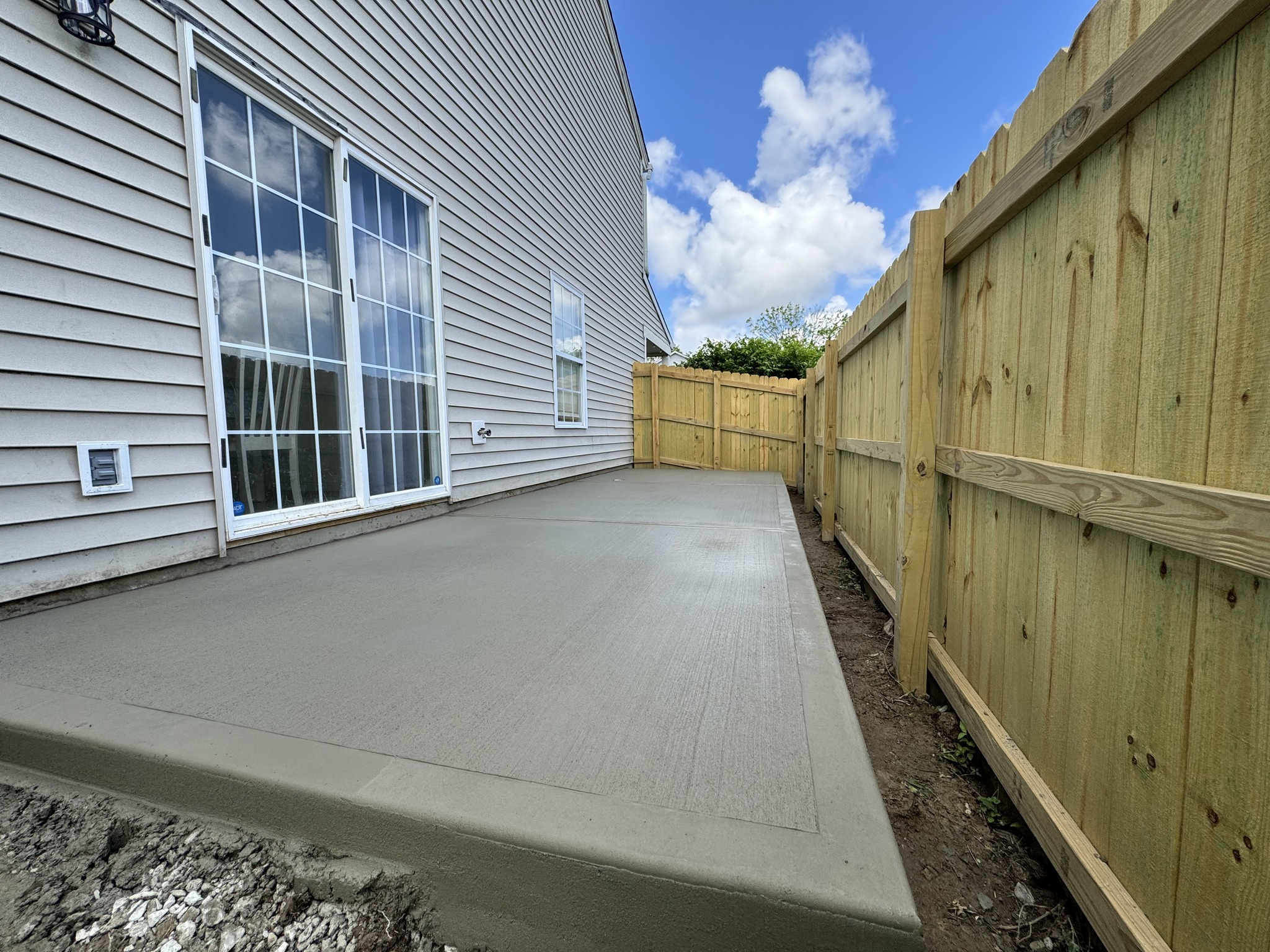
Harnessing the Power of Concrete for Earthquake-Resistant Structures Aug 09, 2025
Earthquakes pose a unique challenge to infrastructure. They generate forces that can devastate non-reinforced structures. Consequently, engineers and architects have turned to research and development in materials science to create materials and construction techniques that mitigate these destructive forces. Concrete, when combined with specific design strategies and materials, becomes a key actor in earthquake-resistant construction.
One of the primary methods of enhancing a building's ability to withstand earthquakes is through the use of reinforced concrete. This material combines the compressive strength of concrete with the tensile strength of steel, creating a composite material that is much more resistant to seismic forces. This synergy allows engineers to design flexible structures that can bend and move without breaking, absorbing and dissipating the energy released during an earthquake.
For H&R Concrete, innovation doesn't stop at reinforcement. Another advanced technique employed is the use of high-performance concrete (HPC). This type of concrete is formulated with specific admixtures that enhance its strength and ductility. HPC not only provides increased durability but also allows for the construction of thinner, lighter, and more flexible structures, maintaining robustness while reducing the overall load. This can be particularly advantageous for constructing high-rise buildings in earthquake-prone areas.
In addition to material innovation, H&R Concrete focuses on intelligent design strategies, like base isolation and the use of dampers. Base isolation involves constructing a building on flexible pads that absorb seismic energy, effectively decoupling the structure from the ground motion. Dampers, similar to those in vehicles, help dissipate energy throughout the building, reducing the stress on the primary structural components.
The expertise of H&R Concrete extends beyond providing advanced materials and techniques. They offer consultation on design and comprehensive analyses to tailor the right approach for each unique project. By integrating these strategies and materials, they ensure that structures not only meet industry standards but exceed them, prioritizing safety and longevity.
Furthermore, the economic benefits of investing in earthquake-resistant concrete structures also cannot be overlooked. While the initial costs might be higher, over time, the reduced risk of catastrophic damage and potential insurance savings make this investment worthwhile. Property owners find confidence in knowing their buildings are equipped to handle the unforeseen, preserving lives and preventing financial loss.
In conclusion, the role of concrete in constructing earthquake-resistant structures cannot be overstated. With companies like H&R Concrete leading the charge, we are witnessing a new era in construction where safety and sustainability are paramount. By leveraging innovative materials, smart design techniques, and industry expertise, H&R Concrete provides more than just a service—they offer peace of mind in a shaky world. Investing in these advanced concrete solutions today secures a safer environment for tomorrow, making apparent that the power of concrete is as much a matter of materials as it is of mindset.
/filters:no_upscale()/media/203210ff-094f-42a2-9093-cbf56f3c2f93.webp)
/filters:no_upscale()/filters:format(webp)/media/c072d2dd-6e4a-4753-97df-7a6e43b11ff1.jpg)